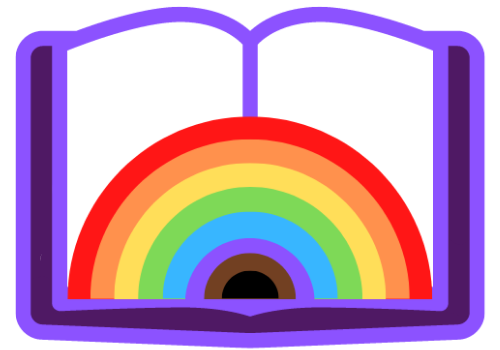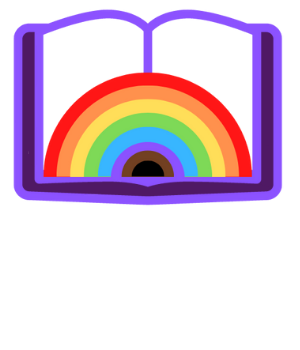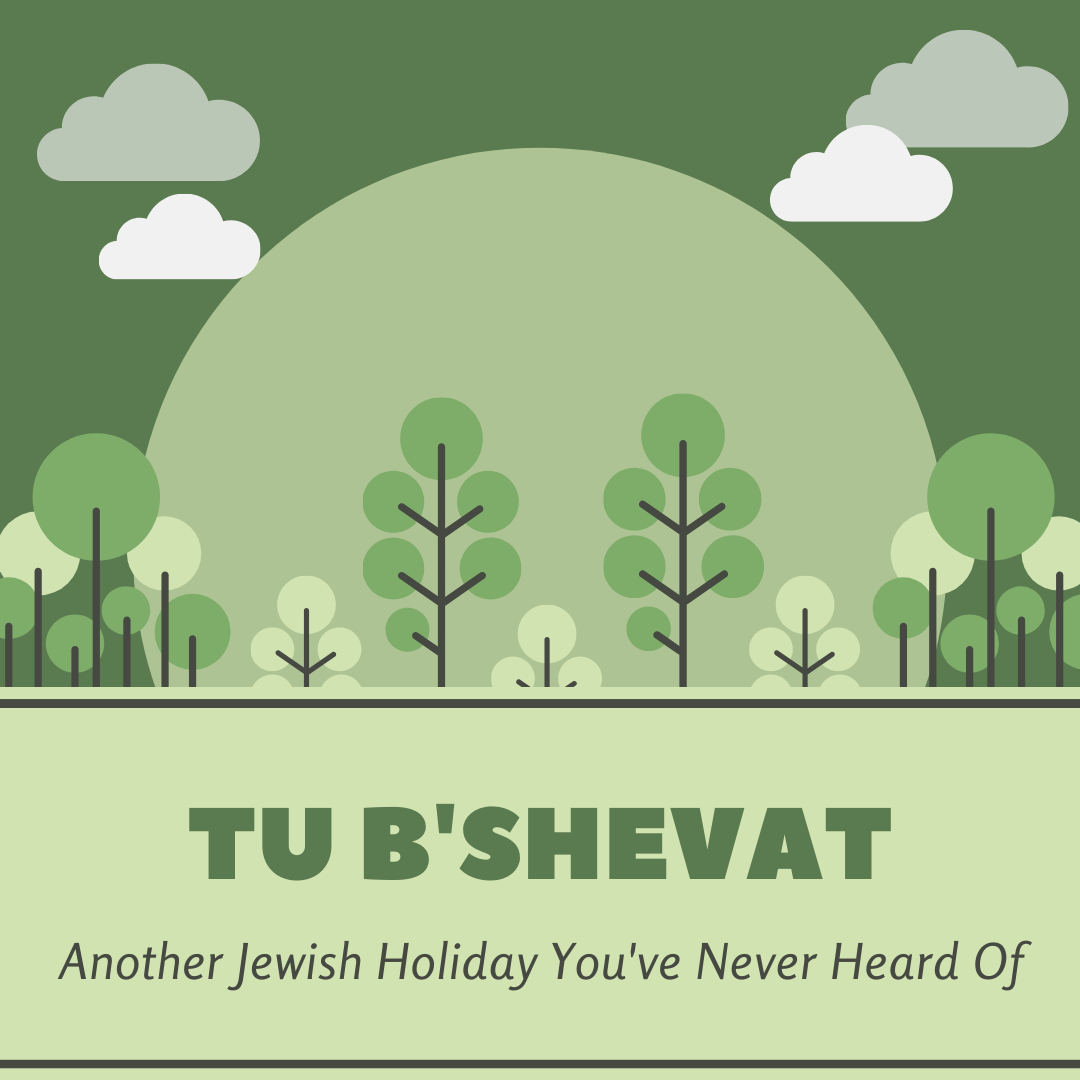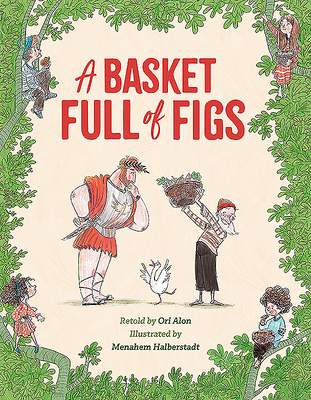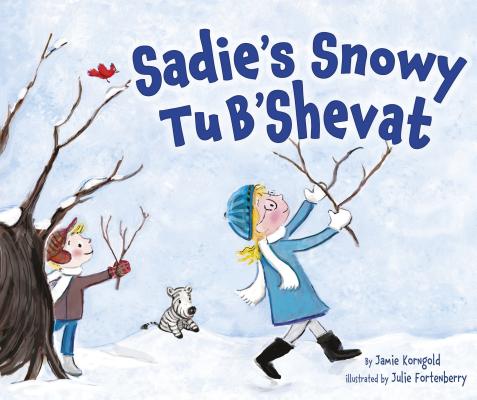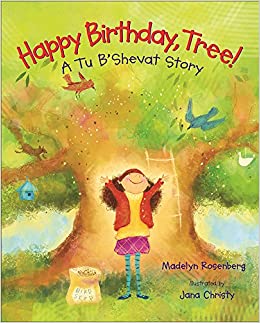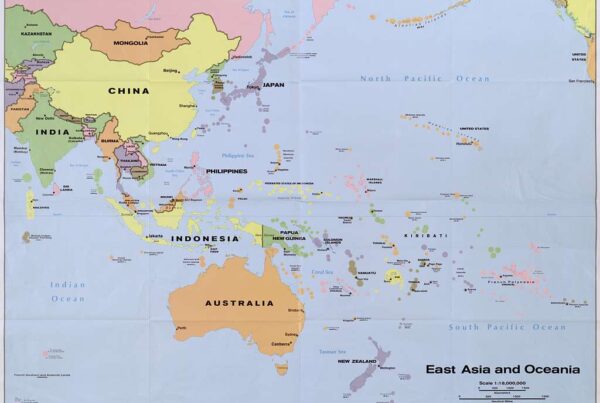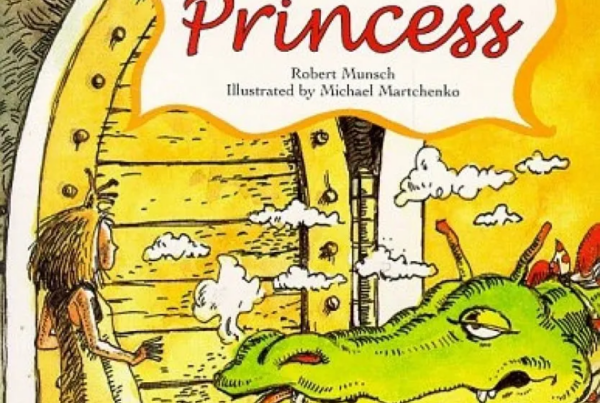Tu B’Shevat: Another Jewish Holiday You’ve Never Heard Of
By Heidi Rabinowitz
Many nations celebrate some form of Arbor Day, a day when people are encouraged to plant trees. The first Arbor Day was celebrated in Spain in 1594, and the first in the US was celebrated in 1872 in Nebraska. However, in Jewish tradition, the importance of trees has been recognized since ancient times.
The Torah (the first five books of the Hebrew Bible) is often referred to as an Etz Chaim, or a “Tree of Life,” based on a passage in the Book of Proverbs. From the Tree of Knowledge of Good and Evil in Genesis to the mandate in Deuteronomy against destroying trees in times of war, the Torah is full of trees.
Tu B’Shevat
Tu B’Shevat, the New Year or Birthday of the Trees, is a lovely holiday. But it is not well known even among Jews. However, in modern times, Tu B’Shevat has become a celebration of the land of Israel. It is recognized by eating tree products that grow in the Middle East such as dates, pomegranates, figs, almonds, carob, and olives.
Since the early 1900’s, it has become customary to celebrate by donating money to have trees planted in Israel, and in fact, Israel is the only country in which there is generally a net growth in the number of trees. The day has also become a sort of Jewish Earth Day, during which we think about human stewardship of God’s creation and engage in environmental activism.
Origins
However, Tu B’Shevat (say Too Bish-VAHT) began not as a holiday but as a bureaucratic matter. In post-Biblical times, the people of the land of Israel needed to determine a cut-off date for fruit-picking tithes, and they chose the 15th day of the month of Shevat. Tu B’Shevat means “the 15th of Shevat” – similar to other holidays known by their dates like the Fourth of July or Cinco de Mayo. Tu B’Shevat generally falls in January or February.
Eventually, the day took on more significance, especially in the Middle Ages when Rabbi Isaac Luria began the tradition of the Tu B’Shevat seder. Like a Passover seder (a ritual retelling of the Exodus from Egypt), this is a ceremonial meal during which we eat fruits and nuts that grow on trees. While much lesser-known than the Passover seder, this charming tradition continues to this day.
Appreciation vs. Appropriation
Non-Jewish librarians doing Tu B’Shevat storytime or seders may skate near objectification of Jews or cultural appropriation so we don’t recommend it, but mentioning the holiday or including one Tu B’Shevat book or song when doing tree or Earth Day programming is a nice act of education and allyship. Diverse storytimes, reading lists, and library displays should strive to be as inclusive as possible and Jewish representation belongs in all the places where diversity is celebrated. Here are some Tu B’Shevat resources that any librarian can incorporate into their own work with children.
If you are interested in a deeper dive into the history and customs of the Tu B’Shevat, check out this video from BimBam, “What Is Tu B’shevat?”
Retold by Ori Elon, translated by Gila Kahn-Hoffman, illustrated by Menahem Halberstadt, Green Bean Books, 2020
In this retelling from a midrash (a story providing commentary on Hebrew scriptures), Roman Emperor Hadrian questions why a nearly 100-year-old man is planting a fig tree. “Surely you won’t live long enough to eat its fruit?!” he cries.
The far-seeing old man, however, points out that he is only doing his part, as earlier generations planted trees for him to enjoy.
The story comes full circle when the Emperor returns a few years later and savors the sweet figs. Hadrian and the old man appear to be white, but there are children of color in the village.
Why Plant Trees?
Trees, with their longer-than-human lifespans, are a symbol of continuity. Their roots help us feel rooted in tradition or family history, and their branches make us feel as if we are stretching towards the future.
In Biblical times, parents would plant a cedar tree for a baby boy in hopes that he would grow up just as straight and tall, and a graceful and fragrant cypress tree for a baby girl; branches from these trees would be used to hold up the wedding canopy when these children grew old enough to marry.
Planting a tree in memory of a loved one can help fill the void after the shiva (communal mourning period) is over. For over one hundred years, there has been a tradition of planting trees in Israel in memory or honor of special occasions. Really, any occasion can be marked with the planting of a tree!
by Jamie Korngold, illustrated by Julie Fortenberry, Kar-Ben Publishing, 2017
Sadie wants to plant a tree for Tu B’Shevat but it’s too snowy and cold outside in her North American home. Grandma explains that the holiday coincides with springtime in Israel, and helps Sadie and her brother Ori adapt their celebrations for their own climate.
The Jewish Calendar
The Jewish year begins on Rosh Hashanah (the Jewish New Year), which usually aligns with September or October. The Jewish calendar is both lunar and solar, consisting of twelve months of either 29 or 30 days.
Each month begins at the new moon. Twelve full cycles of the moon take about 354 days. Meanwhile, a solar year takes 365 days, so to keep synched up, the Jewish year has periodic leap years in which an extra month is inserted.
This is why Jewish holidays seem to shift around: they are consistent on the Hebrew calendar but do not line up with the more widely-used Gregorian calendar.
Tu B’Shevat 2022
This year, Tu B’Shevat begins on the evening of Sunday, January 16, 2022 and ends the evening of Monday January 17, 2022.
Jewish holidays start in the evening, echoing the pattern from the creation story in Genesis, “and there was evening and there was morning.”
by Madelyn Rosenberg, illustrated by Jana Christy, Albert Whitman & Co 2012
Joni and her friend Nate experiment with ways to throw a party for the big tree in Joni’s yard, eventually involving the family and then the neighbors. Realizing that every tree should be celebrated, Joni finds the perfect gift: A promise to protect and care for all the trees of the world.
How the %&#@ is it spelled?
You may see Tu B’Shevat spelled as Tu B’Shvat or Tu Bishvat, or with a lower case “s.” Like Hanukkah/Chanukah/Hanuka, the names of these holidays are transliterations: words that come from Hebrew, which has its own alphabet, but are being represented phonetically using the English alphabet.
There really is no one correct spelling in English. However you decide to spell it, just make sure that you pronounce it Too Bish-VAHT.
Happy Birthday, Trees! by Karen Rostoker-Gruber, illustrated by Holly Sterling, Kar-Ben Publishing, 2020
Thank You, Trees! By Gail Langer Karwoski & Marilyn E. Gootman, illustrated by Kristen Balouch, Kar-Ben Publishing, 2013
These two simple rhyming board books are significant in that both show a diverse mix of Jewish characters enjoying Tu B’Shevat, including Jews of color.
More Resources!
Additional Tu B’Shevat book recommendations can be found at the website of PJ Library, a program that sends free Jewish books to families raising Jewish children and on this bibliography compiled by Rachel Kamin, Director of Lifelong Learning at North Suburban Synagogue Beth El in Highland Park, IL.
Video Resources
You may also enjoy the interactive song “If I Were a Tree” by Jewish entertainer Jason Mesches which is on both CD’s The Nosh Pit and I Wanna Go to Mars.
The song does not mention Tu B’Shevat by name but is a great fit for the holiday or any tree or nature related program.
Less polished but equally enthusiastic is a video of a preschool teacher demonstrating tree songs for Tu B’Shevat, which could easily be added to a storytime program.
The Tree Song
A danceable Tu B’Shevat song that works well in storytime is “The Tree Song” written by Josh Miller and performed by Judy Caplan Ginsburgh on her CD “Amazing Songs for Amazing Jewish Kids.”
Watch this video by Josh Miller and Renna Khuner-Haber to see the motions.
A note from Miss Kate (the Lavender Librarian)
I love this piece. I am so grateful to Heidi for once again sharing her expertise with us. I especially like the joyous nature of this holiday. How wonderful that it’s about new life and celebration.
Jewish Literature is More than the Holocaust
There is a tendency for those of us on the outside to focus on the atrocities committed against Jews. However, no one wants to be defined by the worst thing that ever happened to them. Still, the Jewish representation that we get in books is so often about the Holocaust and little else.
There’s a movement away from Holocaust books among Jewish libraries. If we want to be allies to Jews — and most of us would like to be everyone’s ally — we need to celebrate Jewish joy, as we do with other groups who have had to move forward from the unendurable.
Jewish Books Are Diverse Books
This is our second post on Jewish literature. It’s important to include Jewish books wherever we celebrate diversity.
I believe picture books can inoculate against hate. Books help the very young to develop empathy. And to shape their understanding of what makes a human being. For this reason, I especially value #OwnVoices titles that allow all kinds of people to share their stories.
What’s Next
I love lists and instructional materials by those with a deep knowledge of the literature they’re discussing. If you’re reading this and thinking of your own areas of expertise, please don’t hesitate to reach out to me, Kate, via email or submit book, craft, and song recommendations to the website directly.
Jewish Joy in Parody Songs!
A high-energy parody video showing a Jewish community enjoying Tu B’Shevat is “Honey, It’s Tu B’Shevat,” based on “Honey, I’m Good,” by Andy Grammer, performed by members of Main Line Reform Temple in Wynnewood, PA.
Another well-done parody is “Get Out and Plant a Tree” based on “Black Horse and the Cherry Tree” by KT Tunstall and performed by the a capella group Shir Soul. While these may be less useful for storytime, they are highly entertaining and are a wonderful example of Jewish joy.
